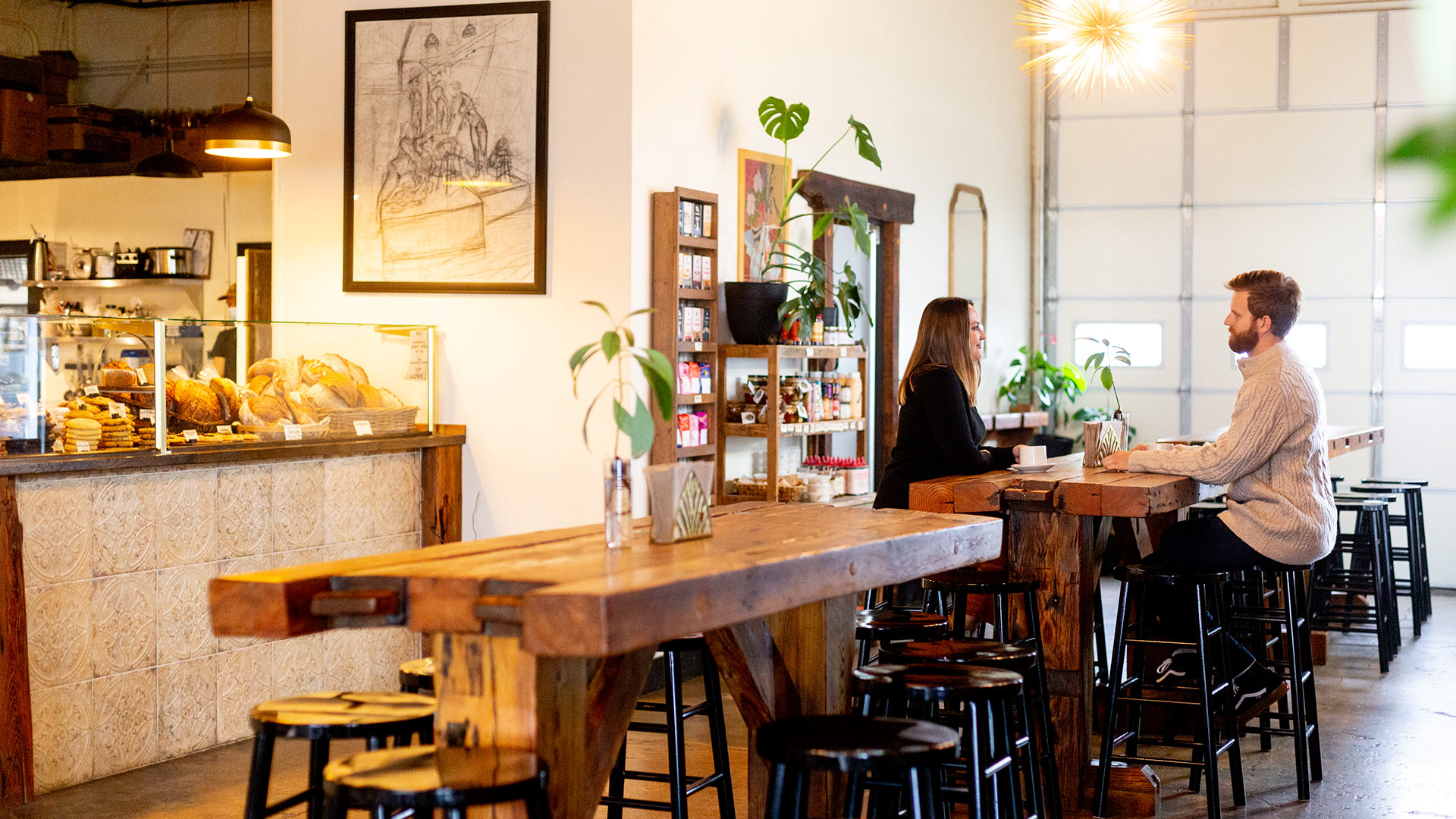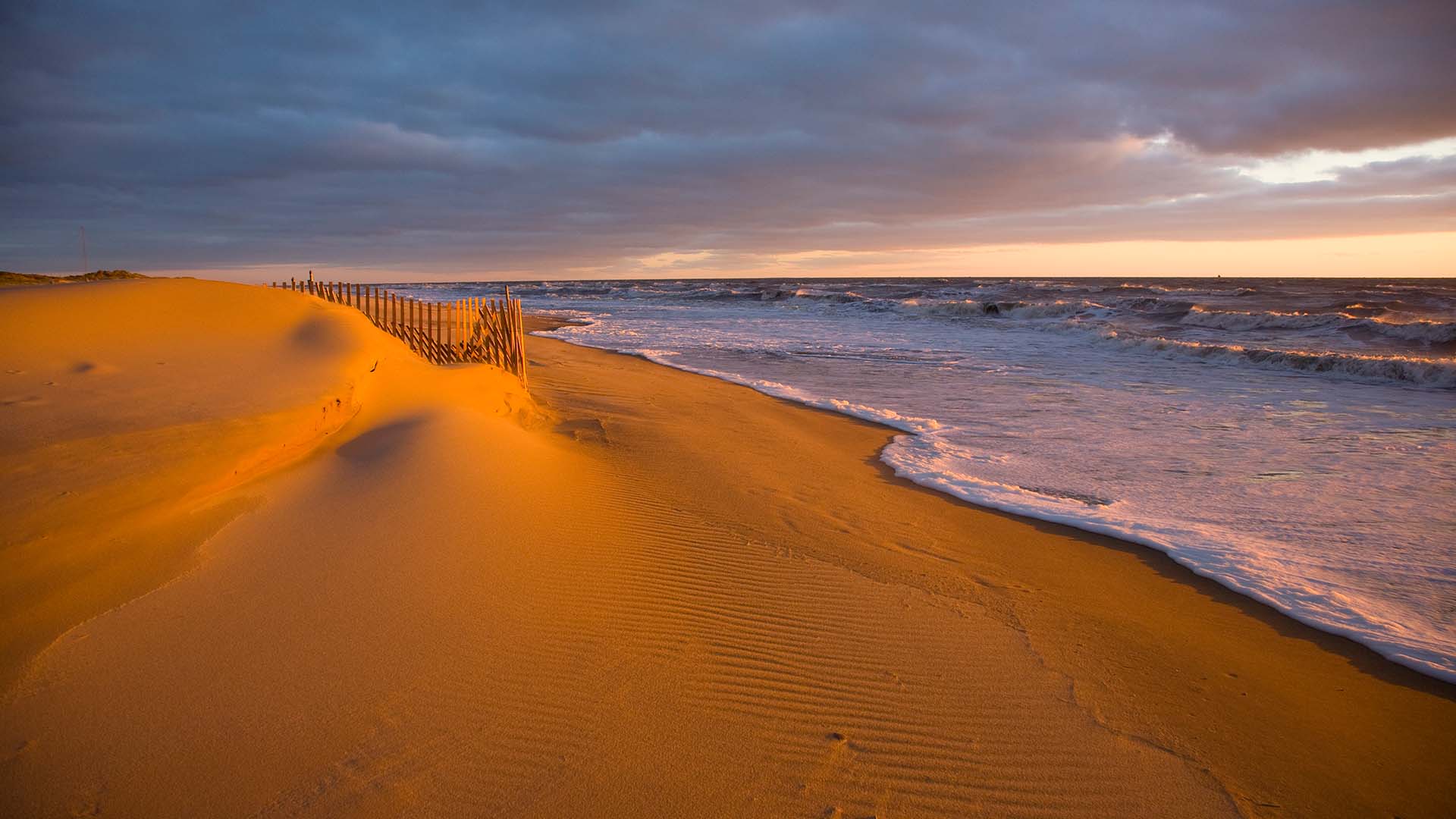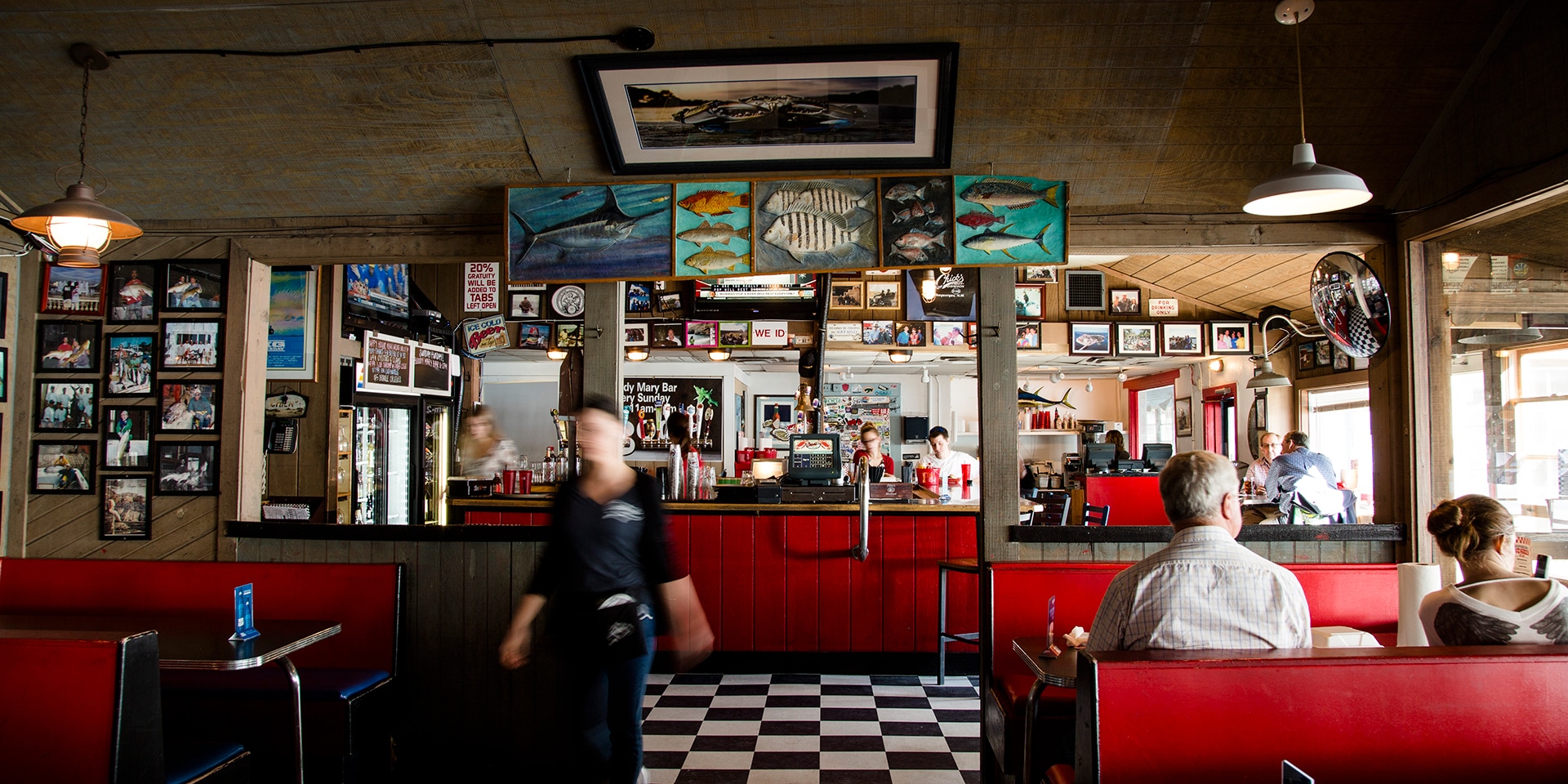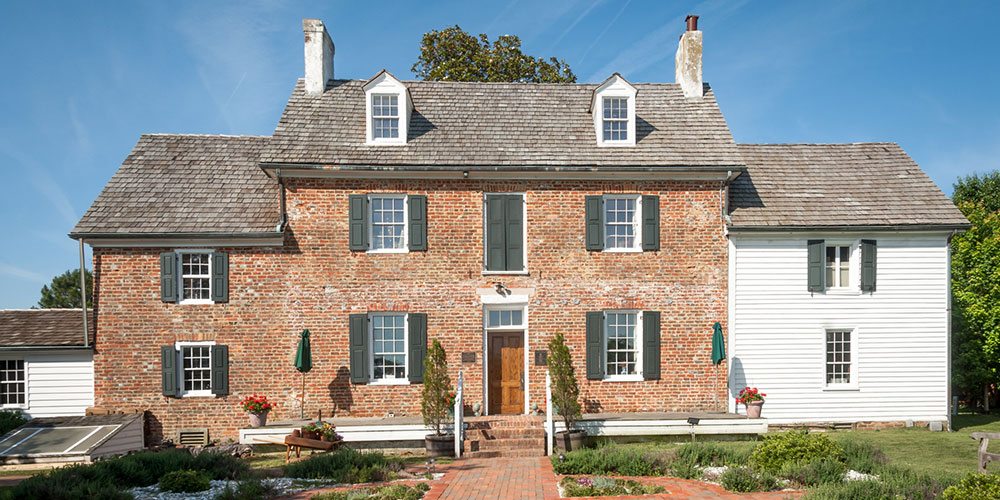
Credit: City of Virginia Beach
Virginia BeachHome Sweet Historic Home: Touring Virginia Beach’s House Museums
By Kathleen GossmanThe Ferry Plantation House. (Photo: City of Virginia Beach)
Largely known for its wide swaths of sugar-white sand, Virginia Beach is rarely thought of a historic hub. Still, the town lays claim to an impressive past that is made easily accessible to visitors at its meticulously maintained historic houses. These Virginia Beach museum homes give you a glimpse of living history, and drop you smack dab on the past’s front porch.
Ghosts of Ferry Plantation House
When riverboat ride-sharing was cutting edge, Ferry Plantation House was one of many stops along the Lynnhaven River. Most old haunts lay claim to a spirit or two hanging around, but Ferry Plantation House has a whopping 11. You may chance upon the infamous Lady in White, or Grace Sherwood, “The Witch of Pungo,” who was tried in grisly Monty Python fashion nearby.
First rule of not being haunted: Don’t build your home on ancient burial grounds. Native American artifacts found at Ferry Plantation House lead experts to believe this precept was ignored.
A Land Before Urban Time
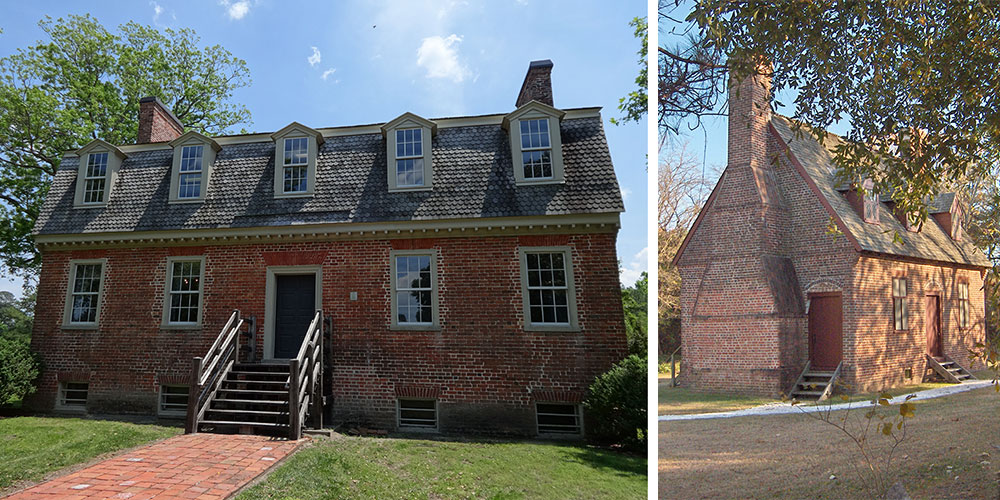
Beginning in the 1600s, the Francis Land plantation was owned by a succession of six guys named (you guessed it) Francis Land. The last Francis Land built a grand Georgian-style home on the premises. Throughout the years Francis Land House has served as the Rose Hall Dress Shop and stood the test of time as Virginia Beach urbanized. The dainty furnishings inside are sooo 1700s.
Virginia Beach grew up right around Francis Land House, but thanks to the foresight of the city government, the house escaped destruction by a shopping mall in 1970.
Average Joe’s Plantation
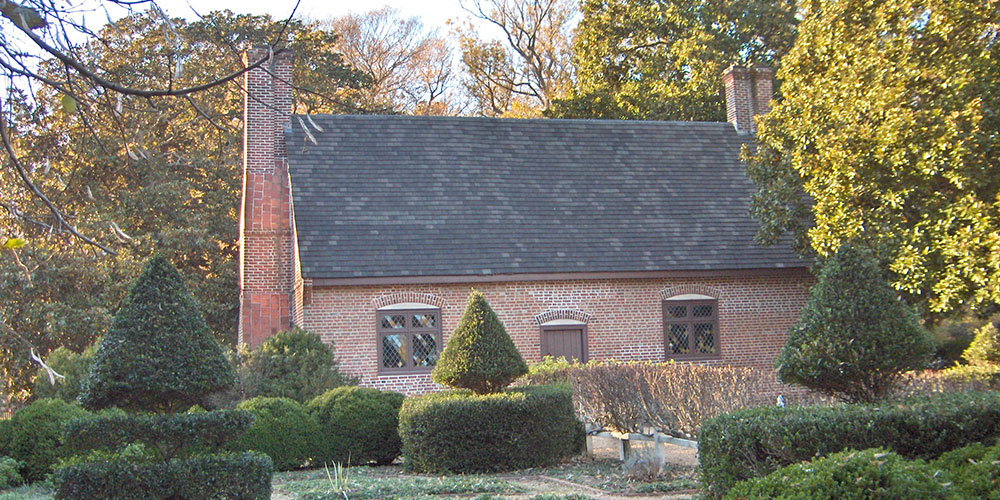
Plantation life and “middle class” aren’t things you typically hear in the same sentence, but Lynnhaven House gives visitors a glimpse into blue-collar Colonialism. While original owner Francis Thelaball was considered a minor player in the plantation game, he had an eye for quality construction. Lynnhaven House contains 85 percent of its original materials.
You can still see the original carpenter’s chalk marks on the ceiling beams, proving that the adage to “measure twice, cut once” stands the test of time.





